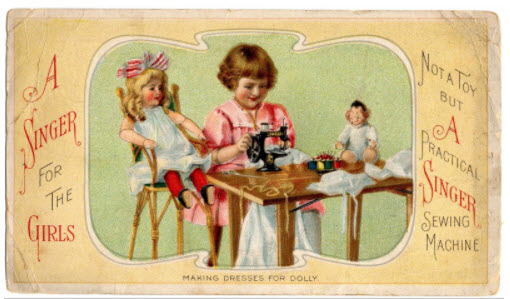Smithsonian Primary Sources in U.S. History provides primary sources that cover 15 different eras—perfect for U.S. History and AP U.S. History classes. Inside, students will find over 1,800 seminal primary sources including objects, journal entries, and personal correspondence from the museums, archives, and collections of the Smithsonian, as well as from Gale’s leading digital collections.
Gale listens to its users! With this feedback, we identify solutions that will help improve the classroom learning experience. For example, Gale is working closely with Unbound Concepts, creators of the Artifact ™ platform, which enables educators to find the right content for their students, classrooms, and curriculum. Users of Smithsonian Primary Sources in U.S. History can now browse each of the unique and seminal primary sources through the lens of topics, themes, concepts, and educational objectives. In addition, they’ll find correlations that are tied directly to National Council for the Social Studies (NCSS) and Common Core English/Language Arts standards.
Below are three examples from the product that show how artifact tags from Unbound Concepts reveal the connection between product headnotes and alignment to the themes of Individuals, Groups, and Institutions. Each artifact is aligned to a specific NCSS Knowledge Point, showing specifically how different themes in the articles can fit into a curriculum or unit.
1. In an article highlighting a notable letter from Abigail Adams to her husband John, in 1776, urging him to support the rights of women, Adams discusses freedom, suffrage, discrimination, the Revolutionary period, and civil and legal rights.
Notable Artifact: Suffrage
Rationale: Abigail Adams argued for women’s suffrage in the U.S. in an 18th-century letter to her husband.
Quotation: In her letter, Abigail Adams urges her husband, who was then in Philadelphia preparing for a vote in the Continental Congress on the Declaration of Independence, to broaden the rights of women in the new country.
NCSS Knowledge Point: 5. The impact of tensions and examples of cooperation between individuals, groups, and institutions, with their different belief systems.

2. Early 19th to late 20th-century consumer trade cards, a form of advertisement at the time, reflect the social/political/cultural environment of that era. They also reveal many institutional and societal norms and prejudices, such as the clear gender divide, as seen in “Girl with Singer Child’s Sewing Machine Trade Card.”
Notable Artifact: Role of Women
Rationale: Domestic responsibilities were viewed as women’s work during the 19th and 20th centuries.
Quotation: Despite the opportunities created by these machines, sewing for home uses remained an activity that only girls were expected to learn.
NCSS Knowledge Point: 2. Concepts such as: mores, norms, ritual, status, role, socialization, ethnocentrism, cultural diffusion, competition, cooperation, conflict, assimilation, race, ethnicity, and gender;

3. A chapter out of Langston Hughes’ autobiography, the Big Sea, entitled “When the Negro Was in Vogue”, reveals how racism was present in Harlem of the early 1900s, and how it affected the author personally as well as Harlem society as a whole.
Notable Artifact: Racism
Rationale: Langston Hughes expressed frustration that Harlem was objectified as a tourist destination for whites.
Quotation: He notes that beneath the surface of the “sparkling” Harlem literary scene and flourishing of African American arts lay a certain “bitterness and frustration,” as blacks found themselves becoming a tourist attraction for white people.
NCSS Knowledge Point: 3. The influence of individuals, groups, and institutions on people and events in historical and contemporary settings.
Learn more about the new artifact tags at gale.com.Air Jordan

